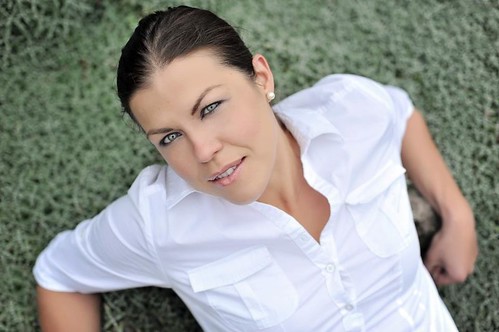
There is beauty and then there is brawn. One look at Lydia Tomek’s Facebook or Twitter feed and it’s quite clear that the Hernder Estate winemaker has a lot of both. And it doesn’t stop there.
Tomek has a black belt in Shotokan Karate, rolls big, heavy oak wine barrels end over end just for fun, doesn’t mind mixing it up full-equipment style in a feisty game of ice hockey and lists her various skills as artist, scientist, food lover, writer and rock star on her Twitter bio.
She wears her passion on her sleeve in heart felt videos on her Facebook page and all the while presides over the winemaking operation at one of Niagara’s largest-producing wineries almost entirely on her own. So, you could add magician to her list of attributes.
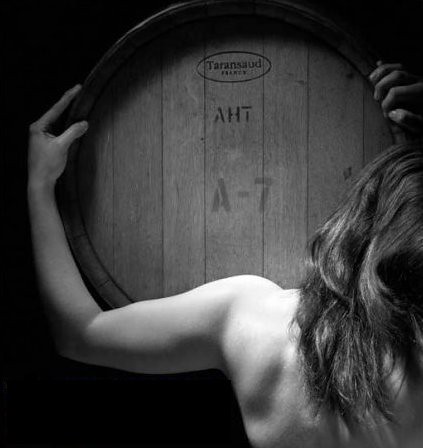 The photos that you will find on Tomek’s various social media channels and her own blog here include a myriad of fashion/glamour shots mixed in with various adventures in the winery, videos of her singing and playing guitar, and touching videos of her Pink wine dedicated to a friend who died of cancer.
The photos that you will find on Tomek’s various social media channels and her own blog here include a myriad of fashion/glamour shots mixed in with various adventures in the winery, videos of her singing and playing guitar, and touching videos of her Pink wine dedicated to a friend who died of cancer.
There are also shots of her on the fashion runway during the Niagara Icewine Festival beside photos of her rolling heavy oak barrels in the annual barrel races and even more shots of her flexing her muscles, Popeye style, whether it’s promoting International Women’s Day or just an eye-catching shot in the barrel cellar.
The fact is, Tomek appears equally comfortable in a sparkly sequin dress and high heels as she is in old work jeans and weathered Blundstones. She makes the most out of this life and appears to be living it the way she wants to.
In her bio on the Hernder website, Tomek explains it this way:
“At only 30 years old, I’ve had the honour of garnering many winemaking awards over the years, however my greatest accomplishment is that I not only believe in vino veritas, I make sure I live it.

“Through my winemaking techniques, styles and philosophies I strive for balance and purity. I love that I am able to express myself creatively through my wines and can combine older rustic traditions with new world technologies. I love the fact that when I go to work I am creating and nourishing wines, which ultimately create memories, encourage dialogue, and bring joy to people.”
Tomek is a Brock University (CCOVI) grad and started at the family-owned Hernder Estate Wines in 2006. She has spent most of her time revitalizing the brand by focusing on quality and marketing (oh, and designs the labels).
She does all of that while producing 28,000 cases of wine a year (that’s a lot by Niagara standards) spread across two brands (Hernder and Harvest Estate Wines).
The estate winery farms 250 acres of grapes and processes 400 tonnes a year. Perhaps most astoundingly, all that wine is sold through the cellar door: Hernder refuses to sell to the LCBO so that the winery can control prices and pass the savings on to consumers.
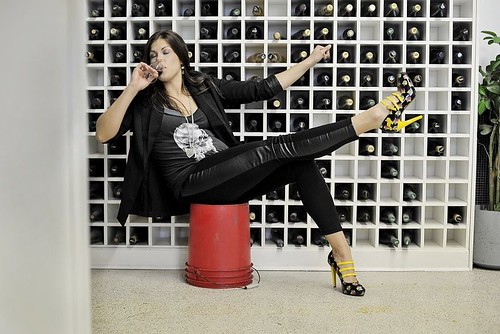
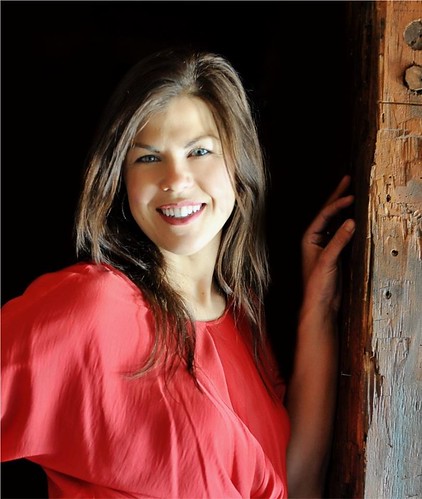
Tomek says that with sales rising 15% a year it’s highly unlikely that government-run monopoly liquor stores will be a part of the Hernder business plan any time soon.
“Our vision works for us,” Tomek says as we tour through the cavernous cellars at Hernder. “We just want people to appreciate the soil here and see what the ground has to offer.”
During my tour of the winery recently, Tomek first showed me the famous halls used mainly for weddings, one of the most popular venues for weddings in Niagara. There are two main halls where over 125 receptions are held annually in rooms that seat up to 500 indoors, with 150 accommodated on the two patios.
I am surprised by the size of the winery and adjoining buildings. I had no idea Hernder was such a going concern.
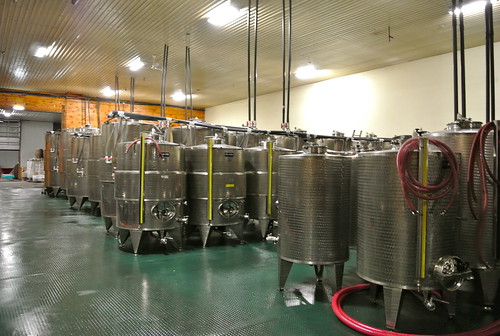
The winery itself is massive, converted from the property’s four-storey barn dating back to 1867. The unused barrel cellars are larger than most wineries in Niagara.
Room after room housing stainless steel tanks, fermenters, hundreds of oak barrels, grape processing equipment and a large bottling line seems endless as Tomek opens one door after another.
 Tomek presides over this considerable operation with just one cellar hand and some part-time workers during harvest and crush. I’m in awe.
Tomek presides over this considerable operation with just one cellar hand and some part-time workers during harvest and crush. I’m in awe.
We finish our quick tour in Tomek’s lab (yes, she does all her analyses) and dig into some of the fruit of her labour.
The Hernder family has transformed a love of viticulture into one of the largest family estate winery operations in Canada.
A natural progression of events began after Gottfried Hernder emigrated from Germany to western Canada. In 1939, the family moved to the Grapeview area of St. Catharines to a mixed fruit farm that included an acreage of indigenous grapes. Fred Hernder’s boyhood chores would become the foundation for future skills. After the passing of his father, Fred purchased the family farm in 1968, and began the acquisition of others.
He began replanting the properties with classic vinifera grapes and purchased the Victorian cattle barn on 8th Avenue.
His first vintage in 1991 consisted of 7,000 bottles of Vidal. Two years later, Hernder Estate Wines officially opened to the public.
Since its beginnings, Hernder Estate Wines has expanded its operation five fold to presently producing more than 25 styles of VQA wines.
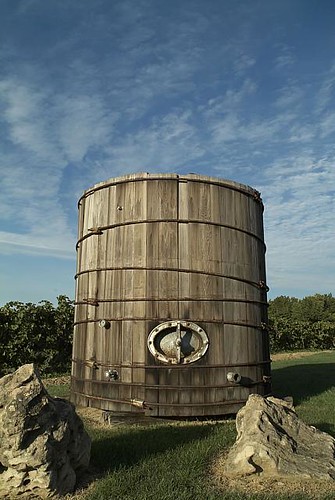

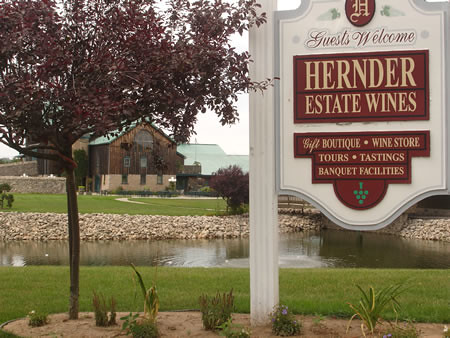
Current plantings focus on traditional varieties including Chardonnay, Riesling, Gewürztraminer, Cabernet Sauvignon, Merlot, Cabernet Franc, and Pinot Gris. Other popular varieties include sturdy French hybrids that are ideally suited to a cool climate growing region and include Vidal, Baco Noir and Maréchel Foch. The juice from these grapes is then vinified using a blend of traditional methods and modern technology.
All Hernder table wines are produced from 100% Ontario grapes, and all have attained VQA status.
As I taste wines with Tomek, she tells me the story of her Pink wine made in the memory of a good friend who died of breast cancer. You can see that post here, a very touching and moving tribute to her friend.
She calls the creation of the Pink wines one of her proudest accomplishments thus far. It was Tomek’s dream to create “a wine that focused on love, change and hope … It was this dream that helped create the Hernder Picasso Foundation, which is an important part of the Niagara community as we try to win the battle against cancer. The success of our foundation and its wines are absolutely worth all the endless hours spent in the cellars.”
Here are a few of Tomek’s wines I tried and liked:
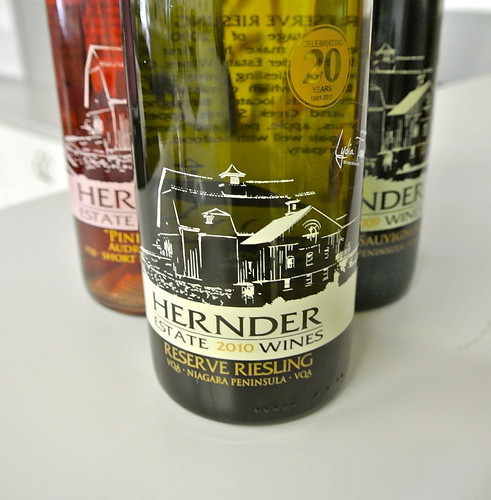
Hernder Estate Reserve Riesling 2010 ($19, winery only, 89 points) — Made from two clones (21b and Weiss) from three key estate vineyard sites, this is an expressive Riesling with a nose of sweet tropical fruit, orange rind, apple-pear fruit and a lovely ginger spice note. It’s bright and bold on the palate with citrus, pear and apple co-existing nicely with mineral and ginger. Quite weighty and structured for a Riesling due to a little stirring of the lees, but enjoyable.
Hernder Estate Fume Blanc 2011 ($14, winery only, 87 points) — Tomek is driven by a simple principal that guides her winemaking prowess: “Food goes with wine, wine goes with food,” she says. “I always make sure every wine goes on the dinner table.” That’s the philosophy behind this barrel-aged Sauvignon Blanc. The nose is lit up by spice, grass, melon, pear, herbs and vanilla in equal parts. It’s lush and tropical on the palate with subtle grass, herbs and spice through the finish.
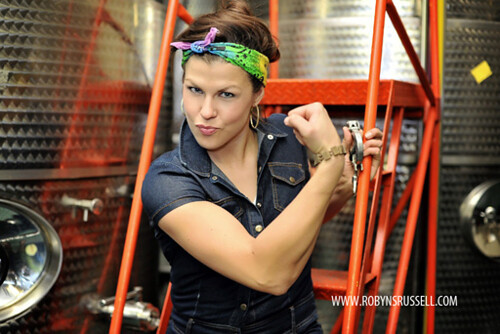 Hernder Estate Sparkling Riesling 2007 ($15, winery only, 86 points) — Made in the Charmat method, this off-dry sparkler is showing maturity with ripe grapefruit, toast, citrus and a little petrol emerging on the nose. It still possesses a fairly lively mousse with lemon, green apple and pear flavours. Don’t hold too long.
Hernder Estate Sparkling Riesling 2007 ($15, winery only, 86 points) — Made in the Charmat method, this off-dry sparkler is showing maturity with ripe grapefruit, toast, citrus and a little petrol emerging on the nose. It still possesses a fairly lively mousse with lemon, green apple and pear flavours. Don’t hold too long.
Hernder Estates Chardonnay 2008 ($9, winery only, 87 points) — Not sure you can find another Chardonnay at this price point for what you get in Niagara. A nose of fresh citrus, pear and peaches. It’s bright and still fresh on the palate with lemon-citrus fruits in a fruit-forward style.
Hernder Estate Caluroso ($25, winery only, 88 points) — This is one crazy wine Tomek has created. It’s Old World Spain meets New World Niagara, a sherry-style concoction that spent 10 years aging in a jerry-rigged Solera system designed by Tomek. You have to try it, if for no other reason than to appreciate the effort that went into this wine over a decade. It started with some old French oak barrels and a parcel of aged white wine, a blend of 2000 Chardonnay and Riesling. Tomek built a mini seasoning area (the parking lot!) where the barrels of wine received exposure to sun, rain, snow and temperature extremes. It was then aged over the years as the baking-maturing process transformed the wine into sherry. The first fortification (via partial fermentation) helped give the sherry-style wine its complexity, elegant oxidation, and nuttiness.
The final step was a second fortification from a jolt of grape spirits from the 2010 vintage, which Tomek chose to mark the end of the 10-year aging process.
Because the wine can’t be called sherry, of course, Tomek named it Caluroso, which is Spanish for “warm, hot, hearty and enthusiastic.” It is interesting, to say the least. The nose explodes with raspberry compote notes, caramel, butterscotch, wild honey, butter and stewed plums. It’s warm and comforting on the palate, a touch hot at 16% alcohol, but with interesting flavours of warm raspberry pie, caramel, toffee and roasted nuts.
Tomek suggests pairing it with Spanish-style tapas, cheese and seafood. Or, if you really want to feel the heat: Great flamenco music and Cuban cigars.


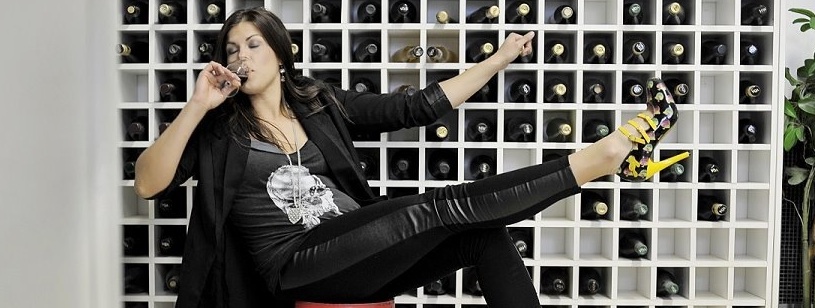




What an inspiration! Love it.
You are one of my new heroines! What a wonderful article, and every word the truth. vino veritas indeed! Well done, Lyds.